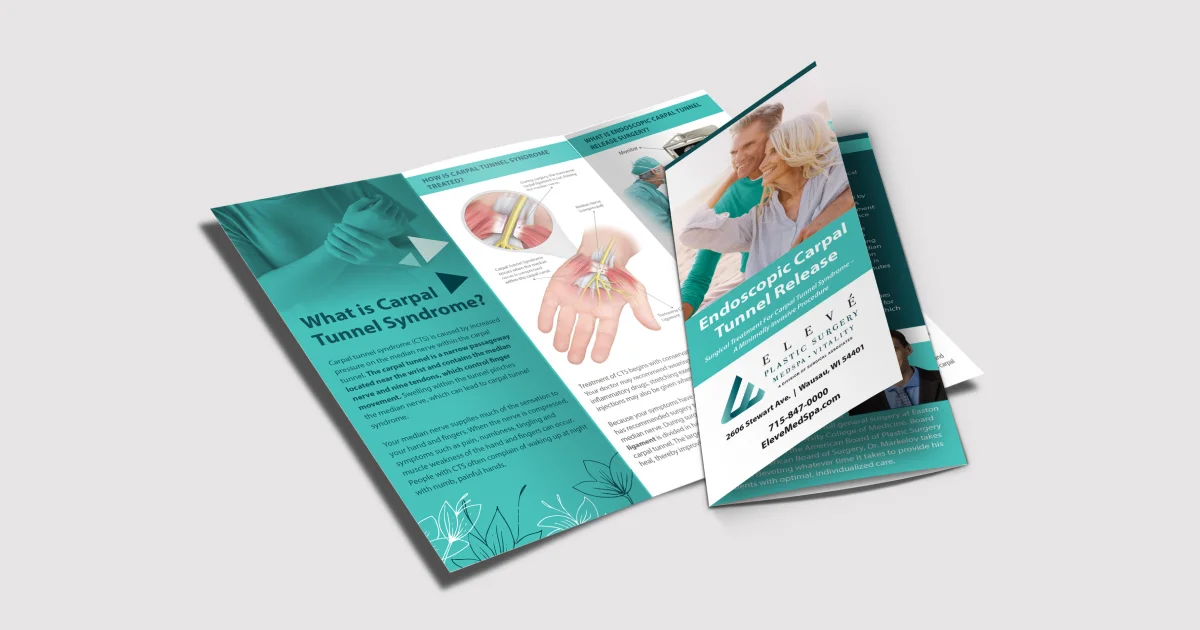Business
Trending
- How Toca Boca is Transforming Digital Play into a Creative Lifestyle
IntroductionDigital play has become an inseparable part of modern life. For children, teens, and eve...
Maintaining a cosy, safe, and effective working environment depends mostly in commercial settings on a well-designed kitchen cooling system. Excessive warmth from ovens, grills, and other appliances can weaken staff well-being, food safety, and equipment performance. Effective cooling goes beyond basic comfort; it controls humidity to inhibit bacterial growth, regulates ambient temperature to prevent heat stress, and guarantees sensitive equipment works within its design thermal range. Choosing the perfect system calls for a thorough evaluation of your kitchen's particular requirements, from high-capacity extraction canopies for heavy cooking lines to focused spot cooling for certain workspaces. For frozen dessert establishments, this also covers specialised equipment such as the Taylor C708 soft serve freezer, which must be protected from ambient Kitchen heat to preserve constant product quality and machine lifespan.
Give Top Importance to Efficient Ventilation and Extraction
A strong and effective extraction canopy is the first line of defence against kitchen heat. For your cooking equipment to catch grease, smoke, and steam at the source, it must be properly sized. Removing this hot, polluted air stops it from spreading throughout the kitchen, therefore lowering the humidity and ambient temperature considerably. This reduces demand on your air conditioning system immediately, improving its efficiency and energy savings. Make certain the extraction system is balanced with sufficient make-up air to replace the exhausted air, therefore avoiding negative pressure that may distribute scents and make doors difficult to open.
Choose the Appropriate Style of Air Conditioning System
Usually, a strong split-system or packaged air conditioning unit is needed for overall kitchen cooling. Standard housing units are inappropriate given the high levels of grease present in the kitchen air. Choose instead commercial-grade solutions with sturdy filters meant to resist a severe environment. The most effective answer for larger kitchens may be a Dedicated Outdoor Air System (DOAS), giving 100% fresh, conditioned air. The device should provide exact temperature control and be able to hold a constant temperature even in the changing heat output from cooking equipment during service times.
Incorporate Strategic Spot Cooling for Important Locations
Some kitchen areas produce intense, targeted heat that standard cooling cannot handle. Strategic spot cooling is quite successful for these hotspots near dishwashing stations or particular cooking lines, for instance. This entails putting in specific spot coolers or focused air supply diffusers that provide a directed flow of cold air precisely to where employees are working. More energy-efficient than trying to drop the whole kitchen's temperature to make up, this focused strategy offers quick relief, increases employee comfort and productivity for one powerful heat source.
For Delicate Equipment, Guarantee Equipment-Specific Cooling
Some kitchen appliances, especially those with an internal compressor, produce considerable heat and are also susceptible to high ambient temperatures. This is particularly important for products. The compressor of the surrounding environment must work harder to keep the necessary freezing temperature if it is too hot, which results in more wear, more energy usage, and perhaps failures. Make sure such systems have enough clearance for airflow, and think about extra fans or separate cooling to keep the ambient temperature inside the manufacturer's specified range, which ensures the best performance and machine lifetime.
Emphasise Energy Efficiency and Long-Term Running Expenses
A significant operating cost is the energy use of a kitchen's cooling system. Give priority to units with a high Seasonal Energy Efficiency Ratio (SEER) or Energy Efficiency Ratio (EER). Options like variable speed drives on compressors and fans. During calmer periods, adjusting output to meet real-time demand saves considerable energy. Although the first cost of a high-efficiency system might be higher, the drop in long-term running expenses offers a quick return on investment. This method lowers your kitchen's carbon footprint, hence aligning with sustainability objectives. It is also reasonably priced.
Conclusion:
Selecting the ideal cooling system for your kitchen is a strategic expenditure affecting staff well-being, operating efficiency, and equipment dependability. Starting with a thorough heat load estimate and progressing to the integration of balanced extraction, make-up air, and aimed at By choosing commercial-grade, energy-efficient equipment and giving skilled installation and maintenance top priority, you build a cosy and productive workspace, also protecting sensitive resources. A well-cooled kitchen is a need for a safe, effective, and profitable food service business, guaranteeing constant quality and performance under the most taxing conditions, performance from every item of gear.
Also, read: Best Indian Restaurants and Indian Food in Chicago: A Flavorful Journey
Recent Articles

About Premium Author
This post has been authored and published by one of our premium contributors, who are experts in their fields. They bring high-quality, well-researched content that adds significant value to our platform.










